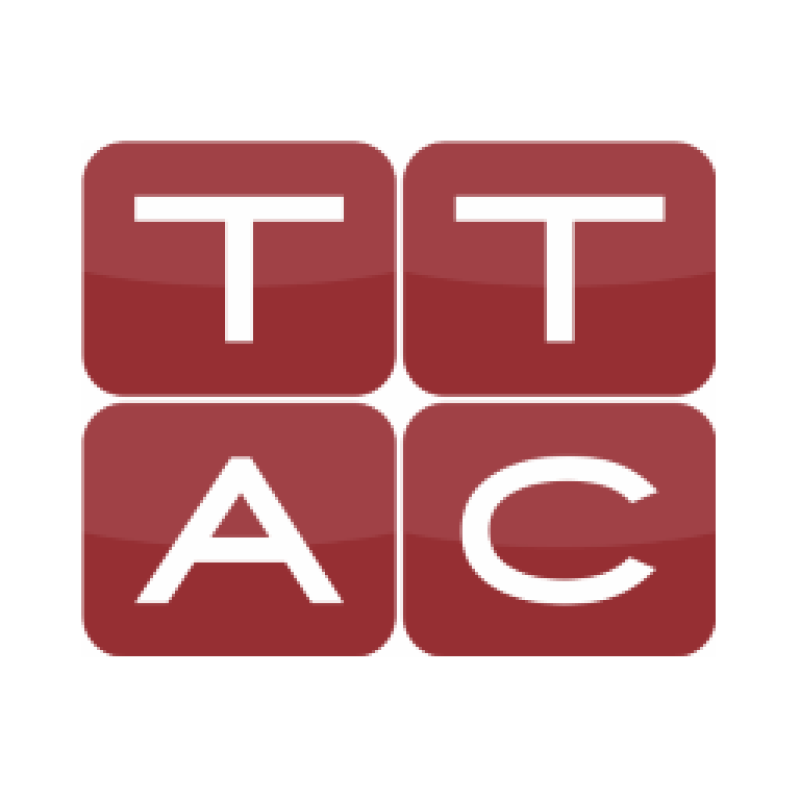The IIHS is Hoping For a Bright Future When it Comes to Headlights

Even though headlights have evolved from uniform circles illuminating the roadway in largely the same way to diverse units that look and function very differently, their overall performance has improved immensely. Nobody is going to jump from a 1955 DeSoto to a 2018 Dodge and think “Wow, these headlamps are just terrible.”
However, the International Institute for Highway Safety has been on a two-year mission to make modern headlights look bad and there are two possible explanations as to why. Either the IIHS genuinely believes the current offerings from manufacturers are unsafe, or it’s trying to promote competition within the industry to produce a better bulb. The truth, as usual, is likely somewhere in the middle.
 Image: Volkswagen
Image: Volkswagen
Original equipment manufacturers have begun incorporating headlight design as part of the vehicle’s overall styling. Headlamps are now almost as indicative of a specific brand as the grille or taillights. But the IIHS thinks the move has resulted in OEMs prioritizing style over functionality. The group’s updated illumination metrics absolutely devastated its Top Safety Pick List for 2018 and we ran story-after-story outlining specific segments where the vast-majority of models had underperforming headlights.
In July of 2016, the IIHS couldn’t find a single vehicle in the small SUV category with forward illumination that it would consider good. In fact, over two thirds of the vehicles it tested were given a “poor” score. The group has called its findings “concerning,” citing blinding risks and lackluster from-the-factory aiming as possible hazards for nighttime driving.
Has two-years of condemnation made a difference? Not universally. While some vehicles have improved their headlights to repair a damaged safety rating, Automotive News referenced a handful of popular domestic models from Ford and General Motors that didn’t make the cut — garnering a marginal or poor score. While GM declined to comment a spokesperson from Ford said, “Safety continues to be one of the highest priorities in the design of our vehicles. Ford develops headlamps for our vehicles through rigorous real-world driving and customer feedback. Ford is committed to meeting or exceeding applicable federal motor vehicle safety laws.”
In some respects, it’s unfair to expect an immediate shift in manufacturing to account for testing that didn’t even exist two years ago. Matthew Brumbelow, a senior research engineer at the insurance institute, admitted insurance group’s headlight studies are still new to consumers. The first study was released in March 2016 and he said said the organization is testing headlights “more dynamically” than most automakers had previously experienced.
“We’ve already seen some manufacturers go back and change their design — or more commonly, tighten up their aiming process at the factory,” Brumbelow said. “There’s still a long way to go, but we’re glad we’ve seen the improvements.”
One such manufacturer was Kia. The 2016 and 2017 Kia Sorento, 2017 Sportage and 2016 Optima all received poor scores from the IIHS. However the 2017 Optima has since received a good score, while the 2018 Sorento was upgraded to an acceptable score. In a statement to Automotive News, Kia Motors America said that vehicle safety is a priority for the automaker but said the insurance group’s testing “goes well beyond federal requirements and is only one of the many tests used to evaluate vehicles.”
“Kia will carefully evaluate the results of the new IIHS test procedure, along with the results of all other tests, as part of its commitment to continuous product improvement,” the automaker said.
Todd Morgan, senior vice president of global product development at Varroc Lighting Systems, thinks supplier innovation will be a key aspect in helping OEMs improve headlamp scores. In addition to new products, like upgraded LED technology, Morgan says existing products like automatic headlight-leveling could be helpful. Used to help re-aim beams when a vehicle is weighed down in the back, leveling is mandatory in Europe but not the United States.
Morgan and Brumbelow also agree that adaptive driving beams, which allow high beams to light a driver’s entire path, with the exception of any oncoming vehicles, are the next big step. While the technology has cropped up in Europe and Japan, U.S. regulations don’t yet permit it. “It’s not yet legal on the road in the United States, which is really a shame because this is a huge advancement in safety,” Morgan said. “Everything is automated.”
The NHTSA is currently conducting research on the use of adaptive driving beams in other countries. However, it declined to comment on its progress. Presently it mandates the limits for maximum and minimum intensity of headlight beams but doesn’t take aspects, like aim, into account.
=============================
by Matt Posky
There may be links in the Original Article that have not been reproduced here.





I like the freedom that LED lighting gives to stylists, although they have yet to really change classic wheel-arch shape.
At the same time, I can easily imagine auto manufacturers kinda sorta "forgetting" to ensure that the new shapes are at least as effective as the old ones. (We all remember Vokswagen's diesels, right?)
And finally... I'm a bit suspicious of a "safety association" that changes its criteria, apparently without much input from the manufacturers, and suddenly downgrades almost the entire park.
Dunno, dunno, dunno...
The middle headlight on the Tucker Torpedo was an excellent idea, contributing to safety. I don't know if the concept was ever repeated.
There were lots of cool aspect to the Tucker.
Our ten-year-old Citroëns have headlights that turn with the steering wheel. Freeway ramps in particular are so-o-o much better lit!
I had a cousin from Chicago who owned one when they were manufactured and drove it up to my grandmother's summer cottage. It was the only one I have ever seen.
Exceedingly rare. Only 51 were built.